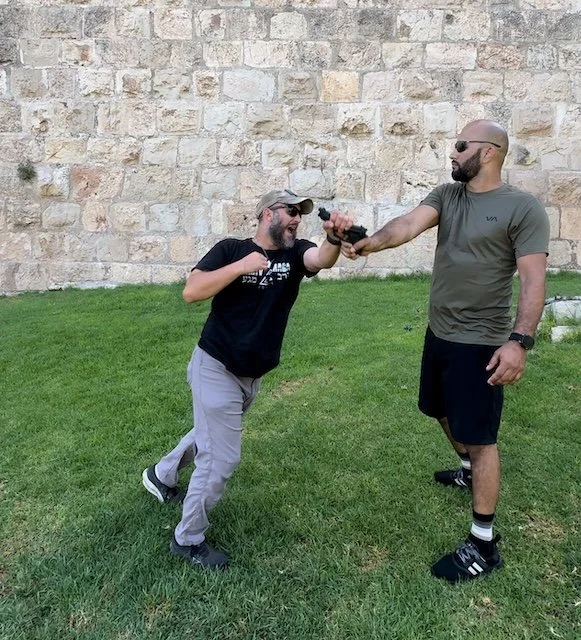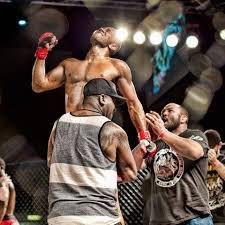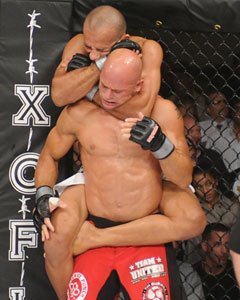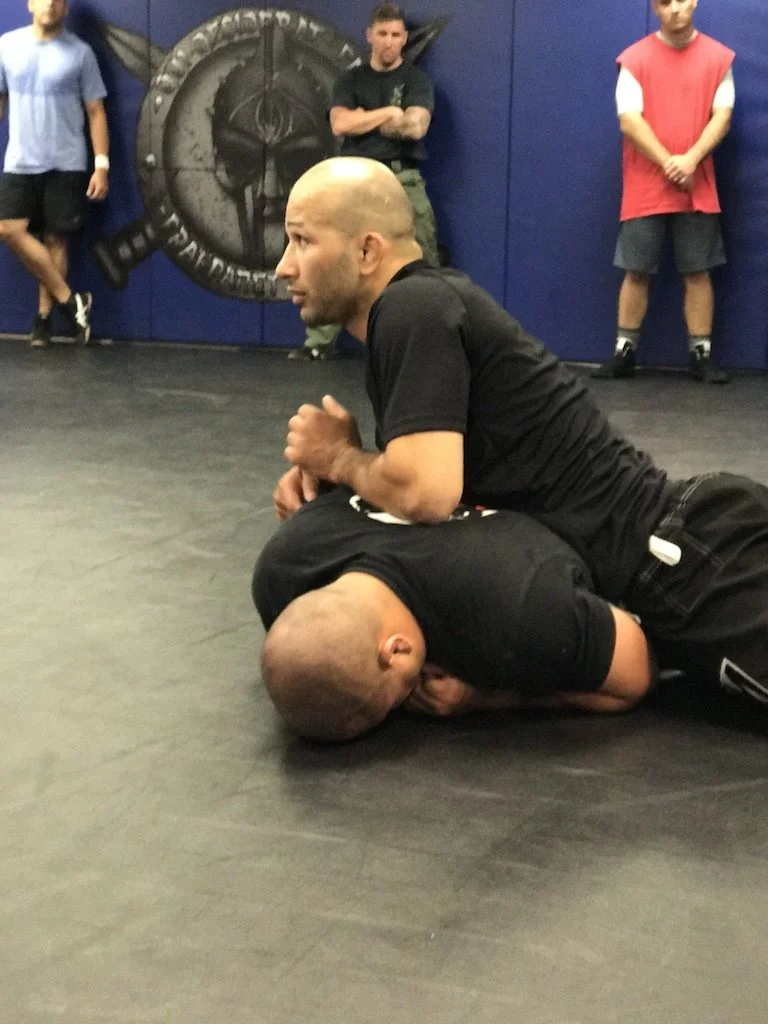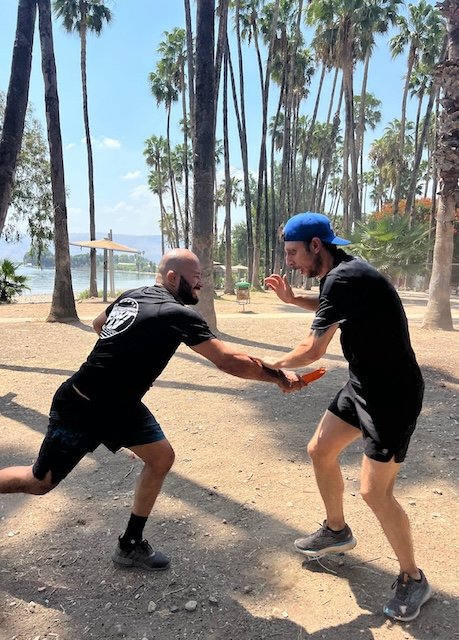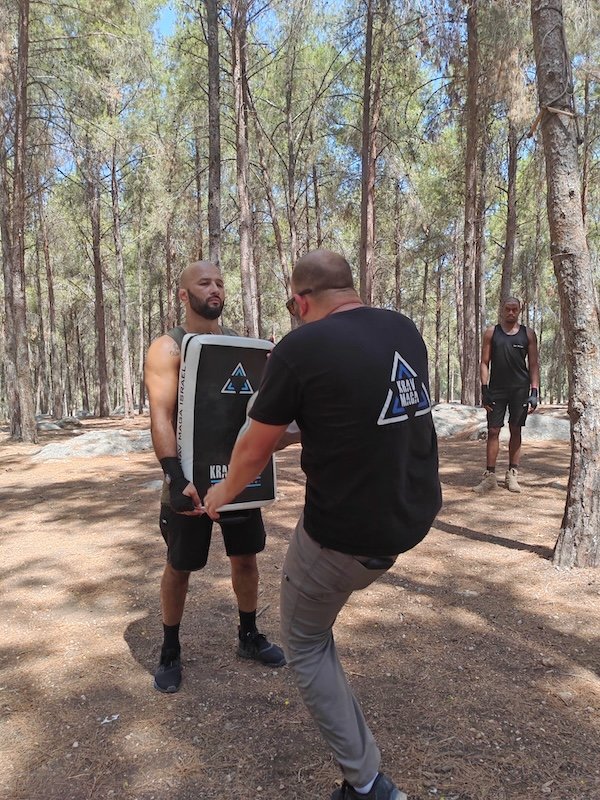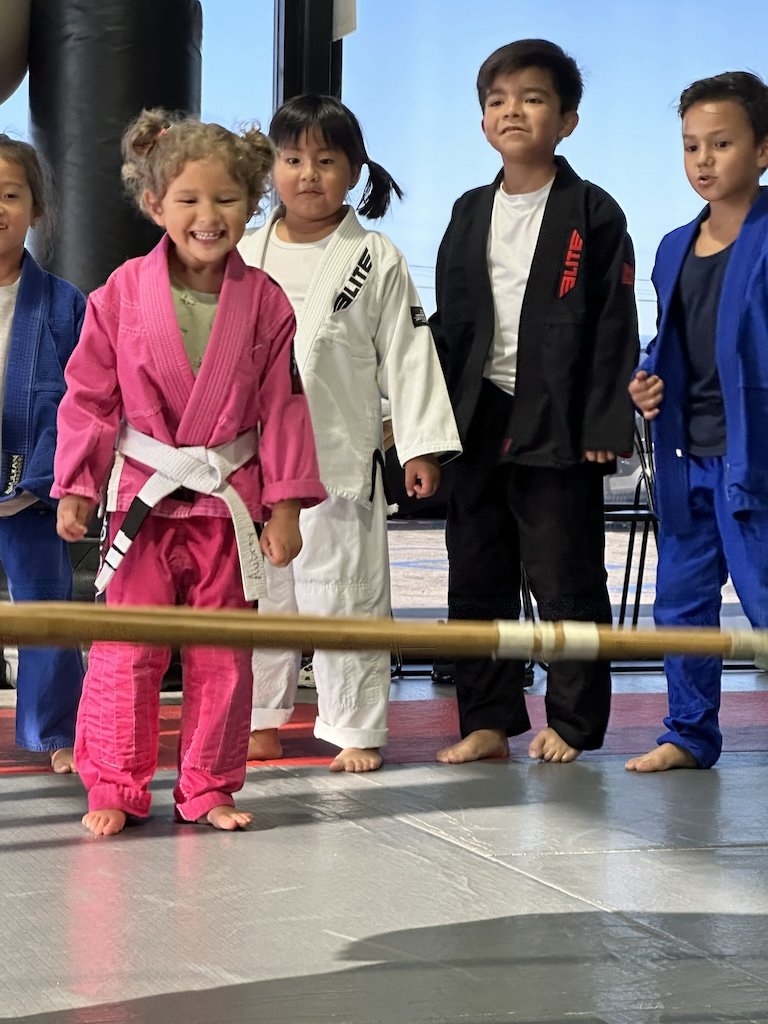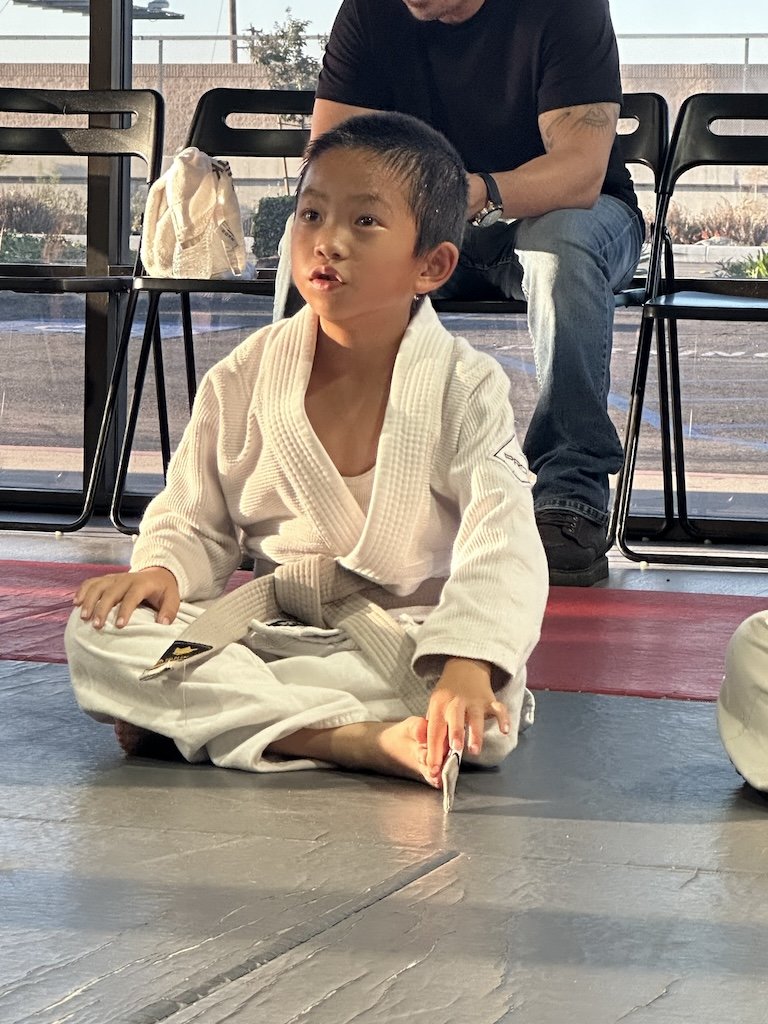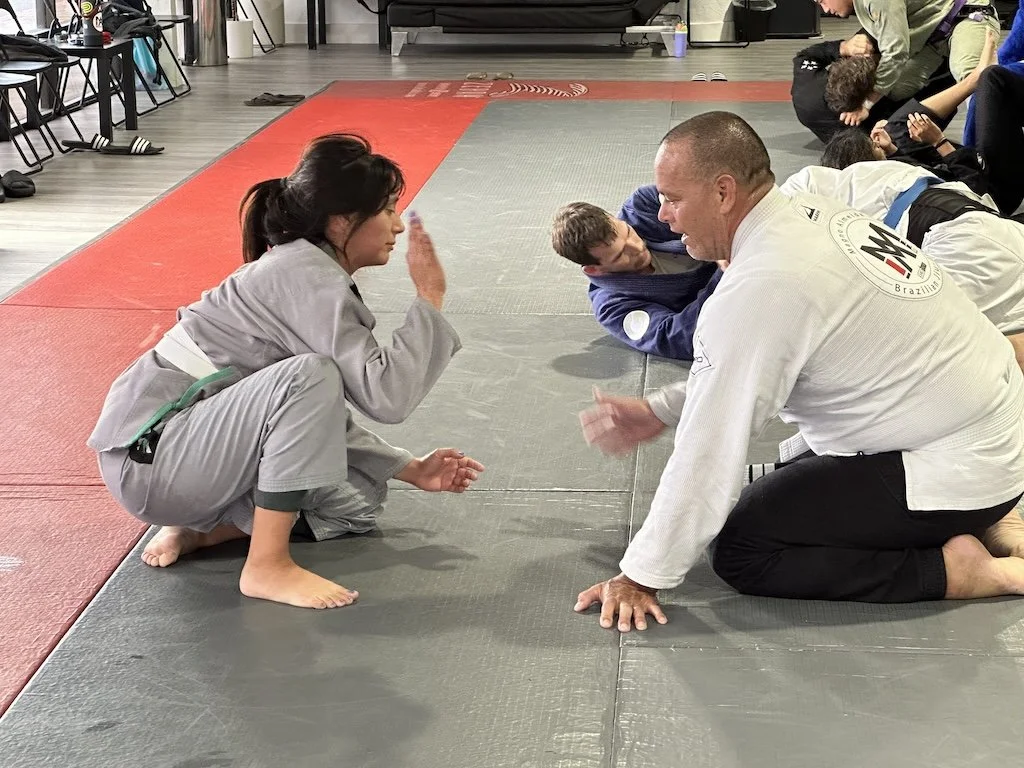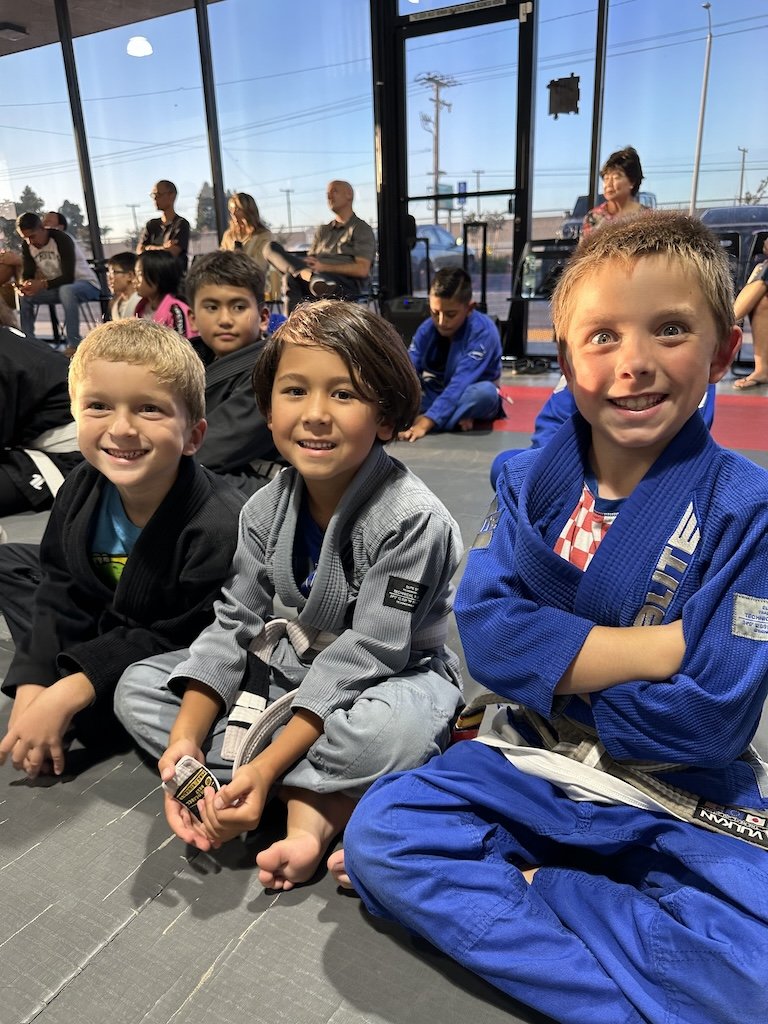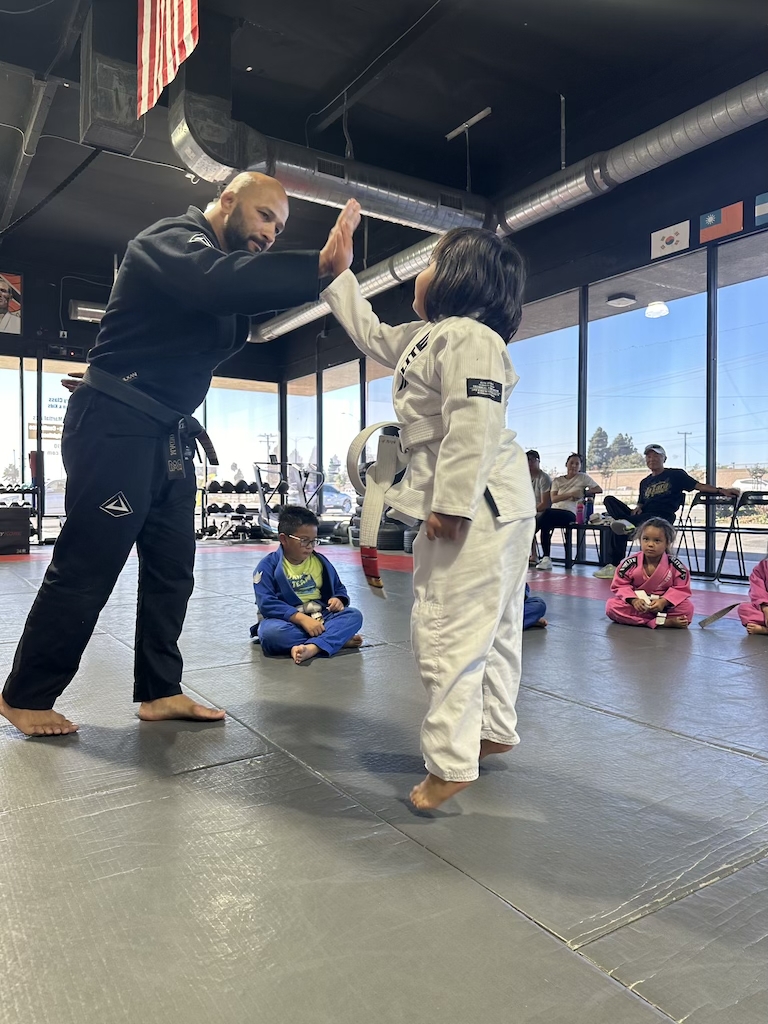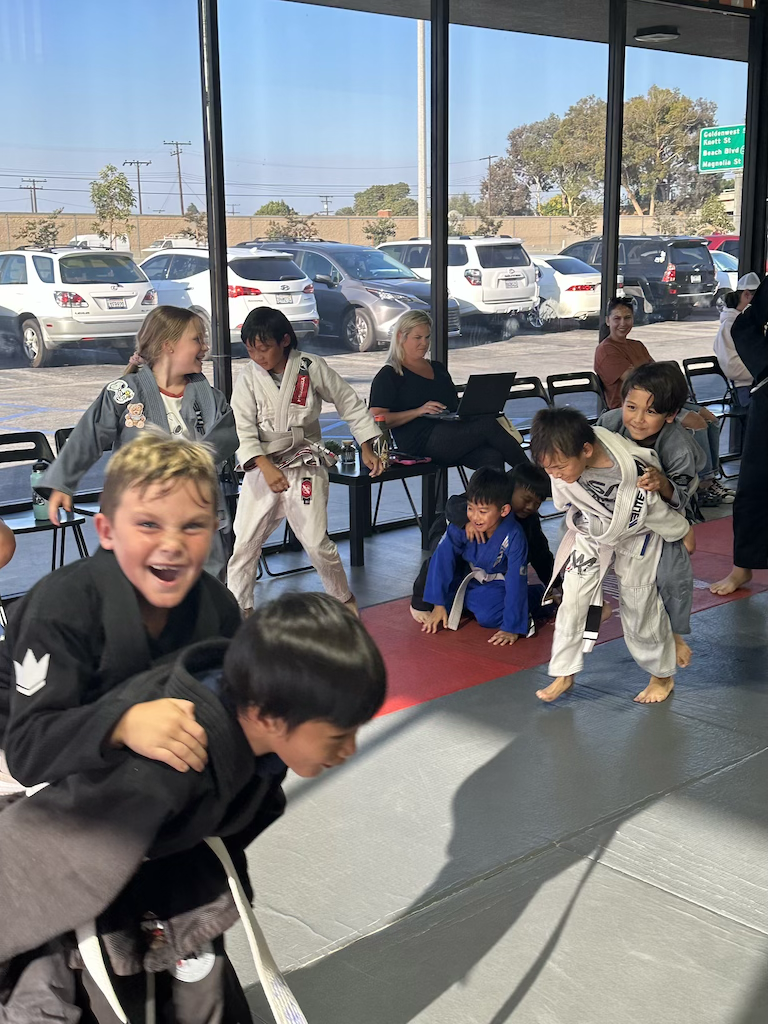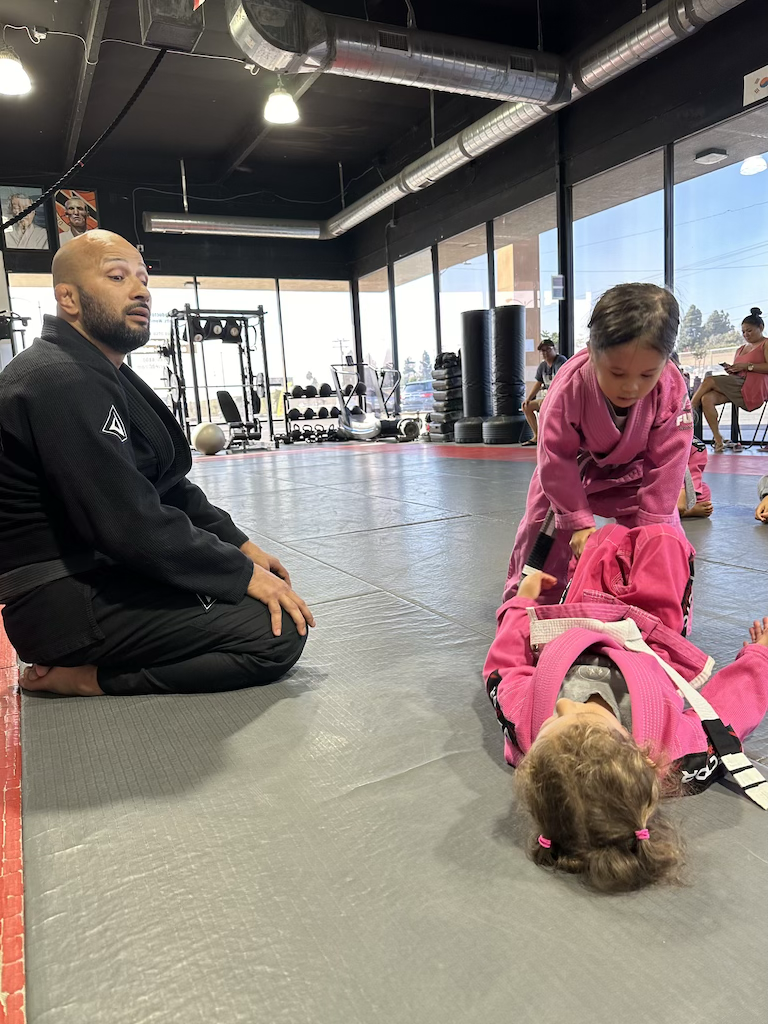
ABOUT
Welcome to Gracie Gym OC, the premier Brazilian Jiu-Jitsu school in Orange County, where we transform lives through the art of Brazilian Jiu-Jitsu. Whether you're a seasoned athlete or just starting your journey, our school is the perfect place for you. At Gracie Gym OC, we pride ourselves on being the best, and we welcome students of all shapes, sizes, and experience levels.Our world-class instructors are dedicated to helping you unlock your full potential. Brazilian Jiu-Jitsu is more than just a martial art; it’s a path to greater confidence, improved fitness, and self-discipline. Here, you’ll learn techniques that are designed to empower anyone—regardless of strength or size—to defend themselves effectively.Join our supportive and inclusive community where every member is valued, and every achievement is celebrated. Take the first step towards a stronger, more confident you at Gracie Gym OC where the best in Orange County come to train, grow, and thrive. Discover your potential today!Gracie Gym OC is proud to be led by Brazilian-born head instructor, Professor Magno Almeida. Originally from São Paulo, Brazil, Professor Magno began his journey in Brazilian Jiu Jitsu at the age of 13 and has since dedicated his life to martial arts. A seasoned professional fighter with many years of experience, he has competed at the highest levels and continues to share his knowledge with his students. After relocating to America in 2010, Professor Magno committed himself to spreading the values and techniques of Brazilian Jiu Jitsu, building strong ties within local and distant communities.
In addition to his expertise in Jiu Jitsu, Professor Magno is also a certified Krav Maga Level 1 instructor, having trained directly in Tel Aviv, Israel. His teaching style is characterized by patience and encouragement, creating a welcoming environment where students of all levels can excel. Both students and parents see Professor Magno not only as a martial arts mentor but also as a friend, fostering a strong, supportive community within the gym.
Our Instructor

